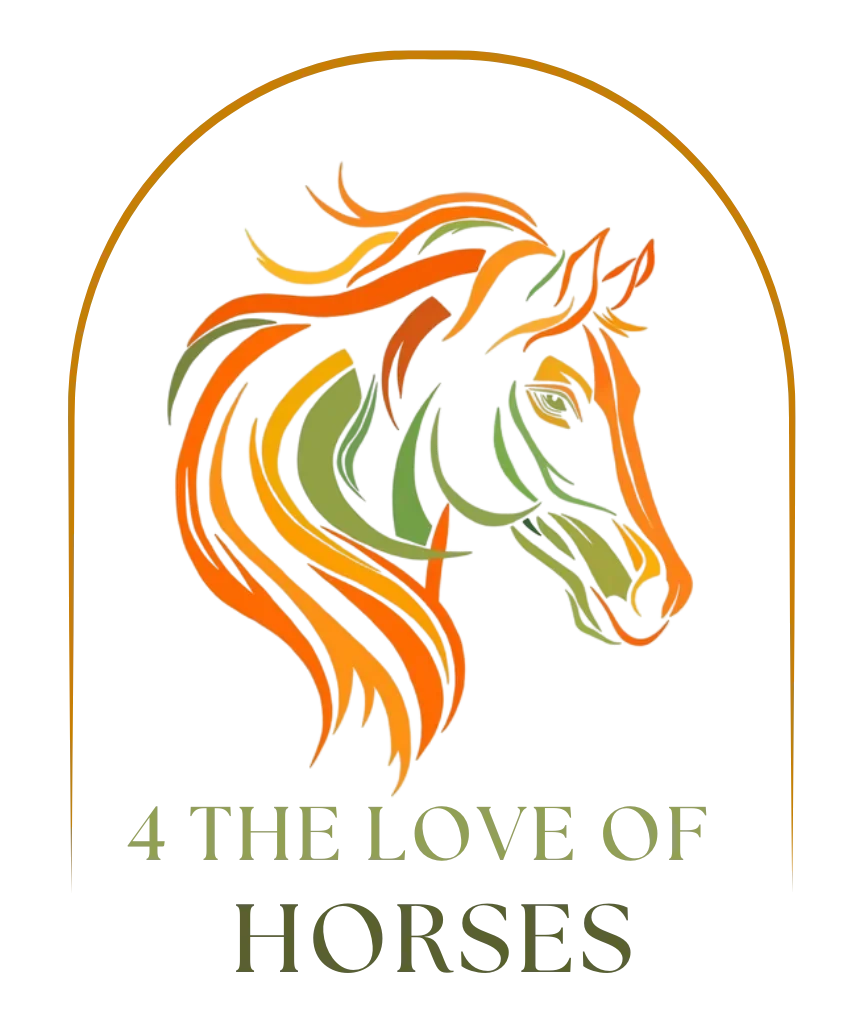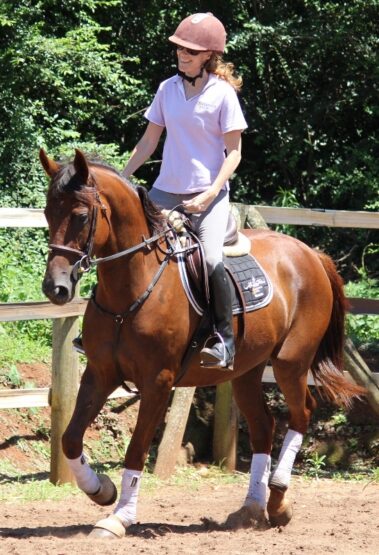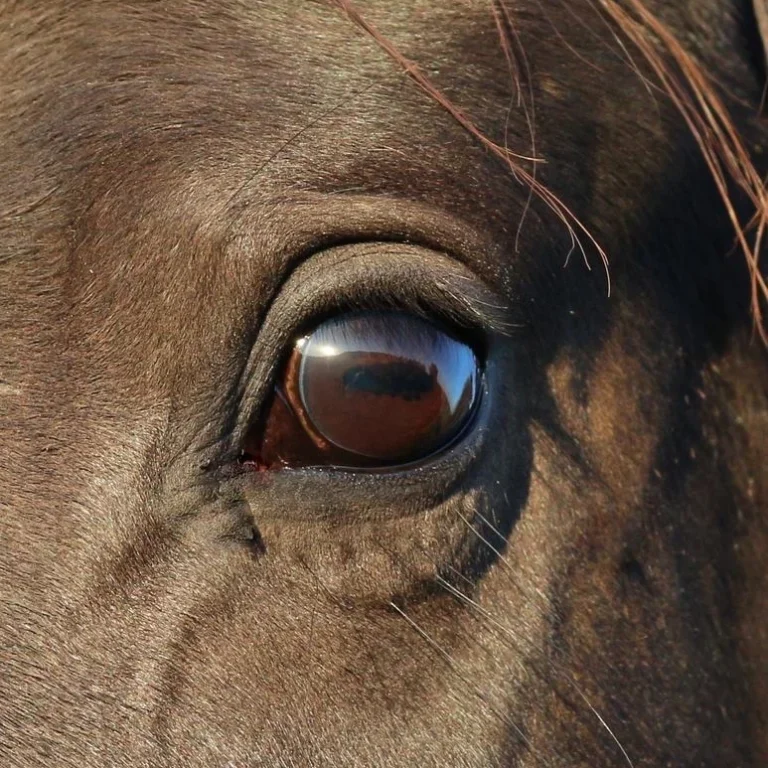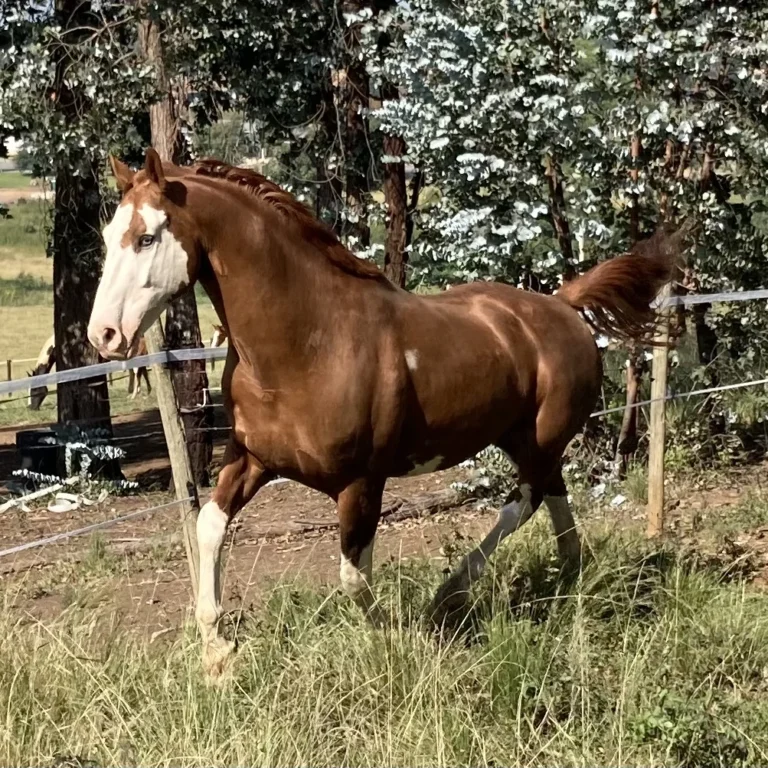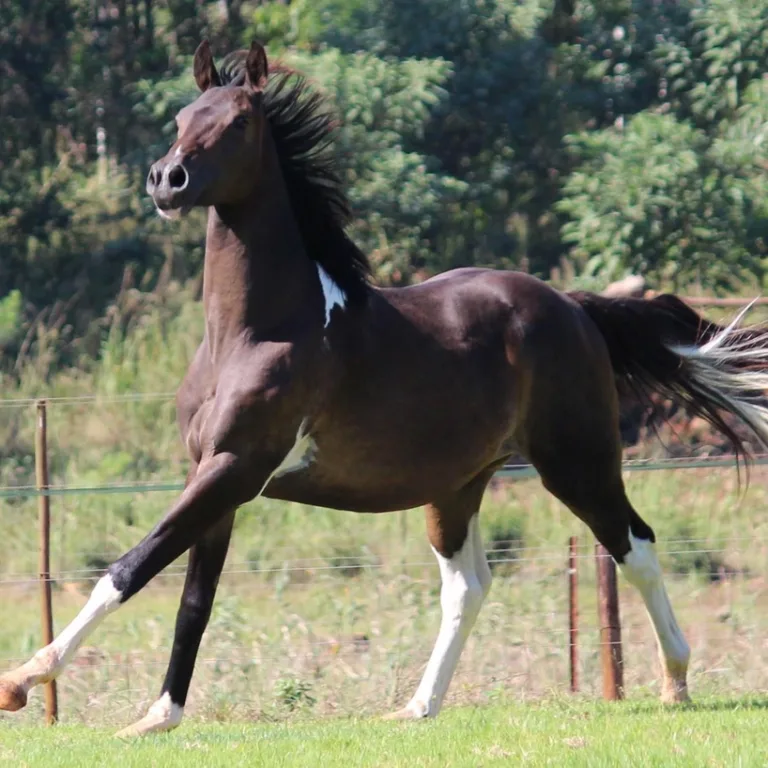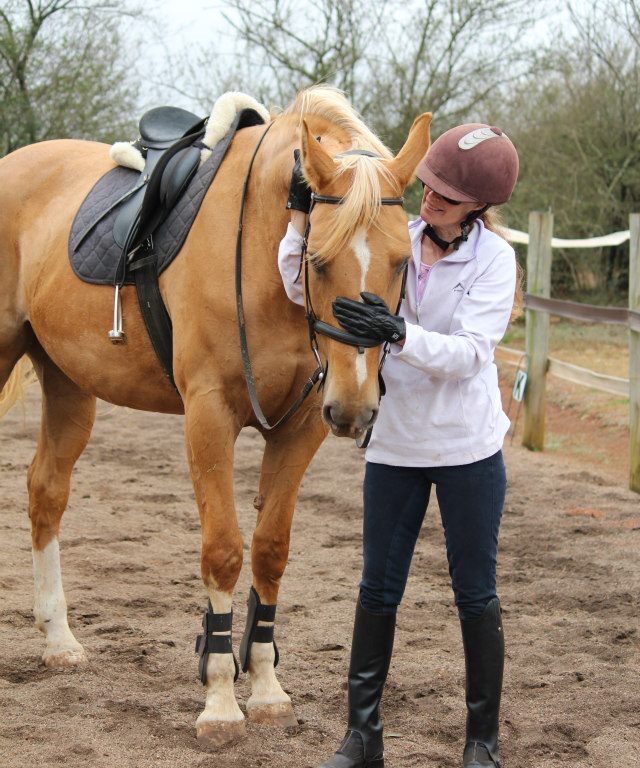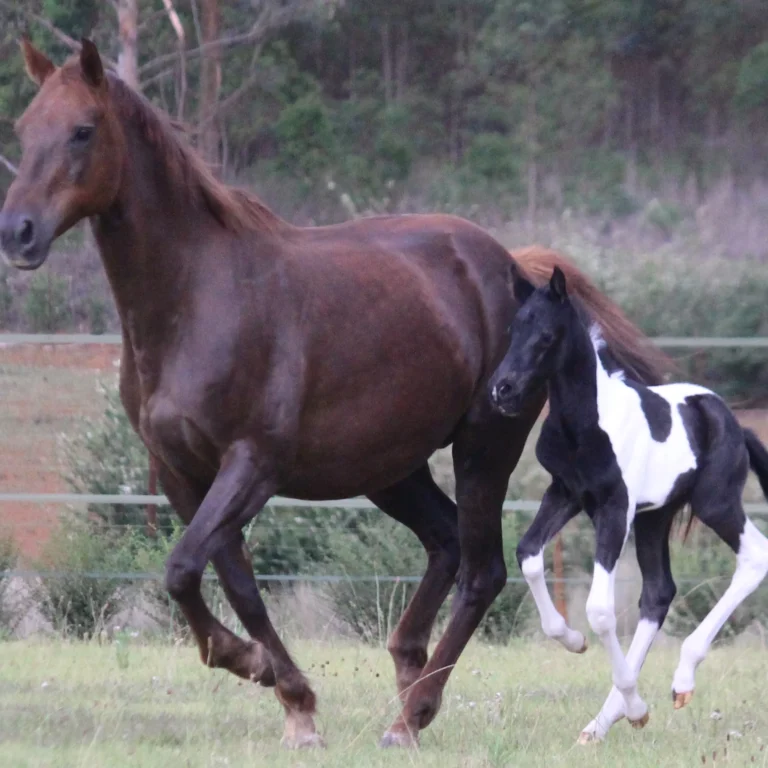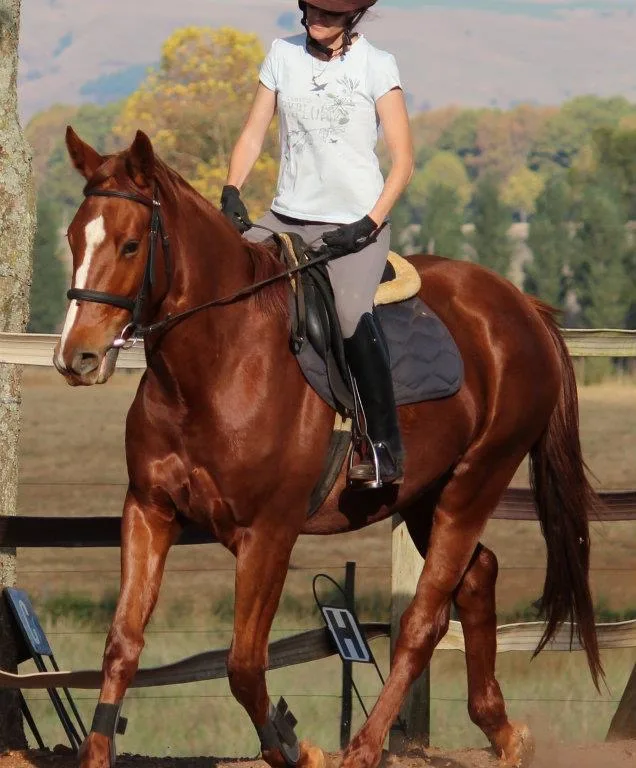Master the Art of Inside Leg to Outside Rein
Riding a horse is an art that requires finesse, communication, and harmony between horse and rider. Among the many essential techniques in horse riding, one that influenced my riding ability more than any other is how it impacted how I could balance, communicate, and connect with my horse, and this is Inside Leg to Outside Rein. This fundamental concept forms the backbone of effective riding and is a cornerstone of success in various disciplines, from dressage to jumping.
“Your inside leg creates the energy and the outside rein regulates it”
Importance of Inside Leg to Outside Rein in horse riding
Inside Leg to Outside Rein is a critical technique that every equestrian should strive to master. It involves the coordinated use of the your aids to influence your horse’s balance, bend, and movement. By applying the inside leg aid to encourage the horse to bend around it and maintaining a supportive contact with the outside rein, you creates a pathway for clear communication and balanced movement.
The significance of this technique cannot be overstated. Inside Leg to Outside Rein helps to establish and maintain your horse’s balance, allowing for efficient weight distribution and engagement of your horses hindquarters. It also facilitates your horse’s ability to bend correctly through his body, promoting suppleness and allowing for fluid, graceful movement. Through this technique, you can achieve greater control, precision, and harmony with your horse.
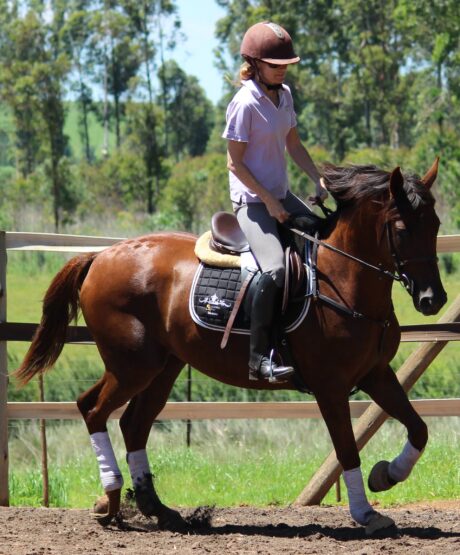
a comprehensive guide to mastering this technique
The purpose of this blog is to provide equestrians with a comprehensive guide to mastering the art of Inside Leg to Outside Rein. Whether you are a beginner rider looking to establish a strong foundation or an experienced rider seeking to refine your skills, this guide will offer valuable insights, practical tips, and exercises to enhance your understanding and application of this essential technique.
Through step-by-step explanations, demonstrations, and troubleshooting advice, this guide aims to demystify Inside Leg to Outside Rein and equip riders with the tools they need to develop a deep connection with their horses and elevate their riding to new heights. By exploring the nuances and intricacies of this technique, riders will gain a greater appreciation for its role in achieving balance, communication, and harmony in the saddle.
The significance of achieving balance, communication, and connection with your horse using your inside leg to your outside rein
At its core, Inside Leg to Outside Rein is about creating a harmonious conversation between you and your horse. By understanding how the inside leg aid influences your horse’s bend and the outside rein supports your horse’s balance, you can guide your horses with clarity and purpose. This technique encourages trust, responsiveness, and engagement, allowing both you and your horse move together as one.
The concept of Inside Leg to Outside Rein goes beyond the mechanics of aids. It embodies the principles of balance, communication, and connection that form the foundation of successful riding. By mastering this technique, you will unlock the potential to achieve greater harmony, precision, and artistry in your riding.

Understanding the concept of your Inside Leg to Outside Rein
Inside Leg to Outside Rein is a fundamental technique in horse riding that involves the coordinated use of your aids to influence your horse’s balance, bend, and movement. The inside leg refers to the leg on the same side as the direction of travel, while the outside rein refers to the rein on the opposite side. By applying the inside leg aid and maintaining supportive contact with the outside rein, riders create a pathway for effective communication and balanced movement.
The inside leg aid encourages the horse to bend around it, promoting suppleness and engagement of the hindquarters. Using your inside leg you are asking your horse to flex his body in the direction of travel, helping to achieve proper alignment and balance. Your outside rein acts as a guiding rein, providing support and maintaining the connection with your horse’s mouth. It helps to stabilize your horse’s shoulder, control the degree of bend, and maintain your horse’s balance during turns and movements.
The Details
Here is a more detailed breakdown.
Rider’s Torso: Turn your core toward the turn. Look in the direction of the turn (not past the turn though). The smaller the turn or circle, the more you turn in yourself.
Inside Seat Bone: Weight is on the inside seat bone. This is because you are going into your turn and want the horse to step up and under your weight.
Inside Leg: The inside leg applies pressure (from below the knee down) to the horse’s side. The horse should step away from the pressure.
Outside Rein: The outside rein “fills up” when the horse steps away from the inside leg. Now, you can use the outside rein to turn the horse (apply pressure as a neck rein), or half-halt (to slow the leg speed or maintain balance) or just accept the bend with no further activity.
Outside Leg: The outside leg has a job too. It asks the hind end to also step away from pressure, to the inside. This means that the hind end should be the final component to the horse “wrapping around” the inside leg. The hind end can almost do a very small haunches-in to achieve that.
Inside Rein: While this rein should be fairly inactive, it will open slightly into the direction of the turn (not so much that your arm comes away from your body). It can act as a guiding rein for less experienced horses, or ideally, it will just “flutter” and not have a whole lot of pressure on it at all. It may need to come into play to maintain flexion if you have too much pressure on the outside rein, or the horse just turns his head to the outside naturally.
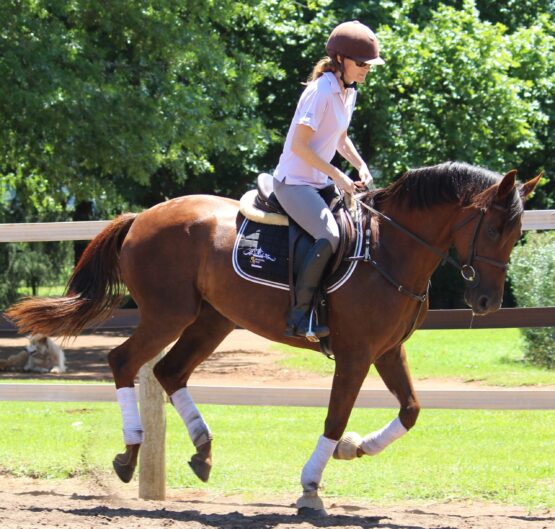
How the aids work together to influence the horse’s balance and bend
Inside Leg to Outside Rein works together to influence your horse’s balance and bend. The inside leg aid asks your horse to move away from the pressure, encouraging him to bend his body around your inside leg. This aids in achieving proper alignment, engaging your horse’s inside hind leg, and promoting a balanced distribution of weight.
At the same time, the outside rein acts as a supporting rein, maintaining a consistent and elastic contact with your horse’s mouth. It guides your horse’s front end, helps to control the degree of bend, and prevents your horse from falling in or out through his shoulder. The connection with the outside rein allows you to maintain control and communicate with your horse effectively.
The coordination of the aids is crucial for achieving balance and bend. Your inside leg initiates the bend, while the outside rein supports and guides your horse’s body. It is important to note that the aids should work together harmoniously rather than being used in isolation. The inside leg and outside rein create a partnership that encourages the horse to respond with suppleness, engagement, and balance.
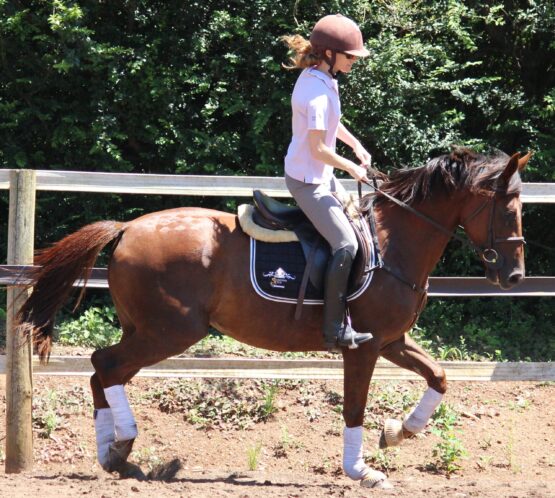
Importance of maintaining correct alignment and positioning
Maintaining correct alignment and positioning is vital when applying Inside Leg to Outside Rein. Your alignment affects your ability to effectively communicate with your horse and influences his balance and bend.
You should maintain a balanced and centered position in the saddle, with your weight evenly distributed over both seat bones. This allows you to communicate clearly through your aids and maintain stability during turns and movements.
Proper alignment of your leg is also crucial. The inside leg should be positioned close to the horse’s side, with the heel aligned with the rider’s hip. This ensures that the aid is applied correctly and encourages your horse to bend around the leg.
Additionally, you should maintain a supportive and consistent contact with the outside rein. The rein should be neither too loose nor too tight, allowing for a soft and elastic connection with your horse’s mouth.
By maintaining correct alignment and positioning, you can provide clear and effective aids, enhancing your ability to influence your horse’s balance and bend through Inside Leg to Outside Rein. This promotes better communication, harmony, and ultimately, a more successful partnership between you and your horse.
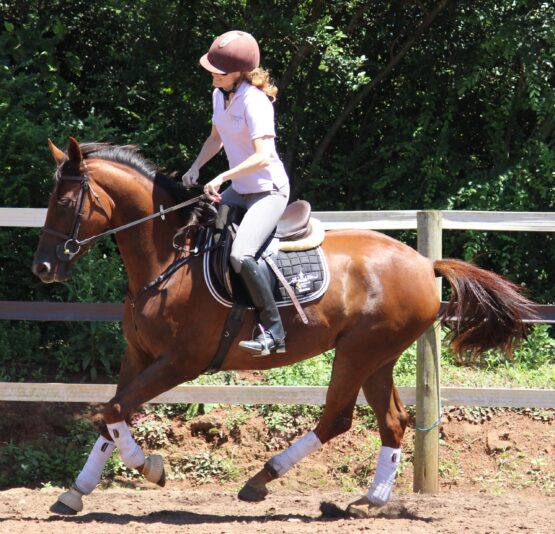
Establishing the Foundation
Developing an independent and effective inside leg aid
- Correct leg position and application
To establish a strong foundation for Inside Leg to Outside Rein, you must develop an independent and effective inside leg aid. Start by ensuring the correct leg position, with the inside leg positioned close to the horse’s side. Your heel should align with your hip, allowing for clear and precise communication with your horse.
- Exercises to strengthen and refine the aid
To strengthen and refine the inside leg aid, incorporate specific exercises into your training routine. Leg-yielding exercises, for example, can help develop the ability to apply the inside leg aid while maintaining a steady contact with the outside rein. Practicing transitions and lateral movements, such as shoulder-in and haunches-in, can also enhance the effectiveness of the inside leg aid.
Understanding the purpose and function of the outside rein
- Maintaining a steady contact
Your outside rein plays a crucial role in Inside Leg to Outside Rein. You must understand the purpose and function of the outside rein, which is to provide a steady and supportive contact with your horse’s mouth. This contact allows you to guide your horse’s front end, control the degree of bend, and maintain balance during turns and movements.
- Importance of proper rein length and elasticity
Proper rein length and elasticity are essential when working with the outside rein. You should maintain a consistent contact that is neither too loose nor too tight. A loose rein can result in loss of control and ineffective communication, while a tight rein can restrict your horse’s movement and create tension. The outside rein should be elastic, allowing for communication and connection without unnecessary restriction.
Creating the connection between inside leg and outside rein
- Exercises for coordinating aids
To create a strong connection between the inside leg and outside rein, you can practice exercises that focus on coordinating these aids. For example, riding circles and figure-eights can help develop the understanding and coordination of the aids. Incorporating transitions within these exercises can further refine the communication between the inside leg and outside rein.
- Developing feel and timing
Developing feel and timing is crucial in applying Inside Leg to Outside Rein effectively. You should aim to develop a sense of timing, applying the aids in harmony with your horse’s movement. By developing a sensitive feel, you can better understand your horse’s responses and adjust your aids accordingly. This feel and timing allow for subtle adjustments and clear communication, resulting in improved balance, bend, and overall connection.
By focusing on developing an independent inside leg aid, understanding the purpose of the outside rein, and creating a strong connection between these aids, you will lay the foundation for mastering Inside Leg to Outside Rein. .
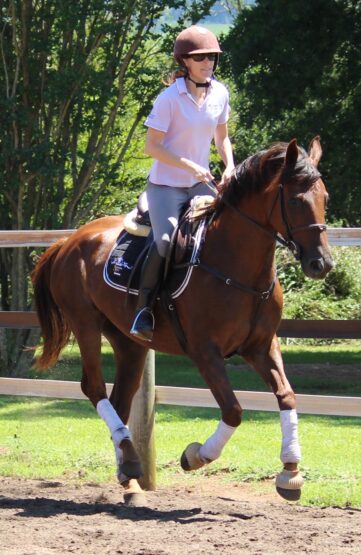
Common Challenges and Troubleshooting
Addressing resistance or stiffness
- Exercises to encourage suppleness and acceptance of the aids
When faced with resistance or stiffness in the horse’s response to Inside Leg to Outside Rein, you can incorporate specific exercises to promote suppleness and acceptance of your aids. Incorporating flexion exercises, such as flexing your horse’s neck from side to side, can help loosen and relax your horse’s muscles. Working on serpentines and figure-eights can encourage bending through your horse’s body and improve overall suppleness.
- Analyzing potential underlying issues and seeking professional guidance
If your horse continues to exhibit resistance or stiffness despite consistent efforts, it is important to analyze potential underlying issues. These could include physical discomfort, such as soreness or stiffness, or behavioral issues. In such cases, seeking professional guidance from a veterinarian, equine physiotherapist, or qualified trainer can help identify and address the root cause of the problem.
Overcoming lack of responsiveness or disconnection
- Strategies to enhance communication and develop a more sensitive horse
If your horse lacks responsiveness or feels disconnected when applying Inside Leg to Outside Rein, you can employ strategies to enhance communication and develop a more sensitive horse. Incorporating transitions within exercises can help engage your horse’s attention and promote responsiveness. Gradually introducing more advanced lateral movements, such as leg-yielding or shoulder-in, can further develop your horse’s understanding and sensitivity to the aids.
- Analyzing rider position and aids for clarity and effectiveness
When facing a lack of responsiveness or disconnection, analyze your own position and aids. Ensuring a balanced and centered position in the saddle allows for clear and effective aids. You should also assess your timing and application of the aids, ensuring they are applied in a clear and consistent manner. Fine-tuning your aids and position can greatly improve communication and connection with your horse.
Fine-tuning and Refinement
Seeking guidance from a qualified instructor or trainer
To achieve a higher level of mastery in Inside Leg to Outside Rein, riders should consider seeking guidance from a qualified instructor or trainer. Working with an experienced professional can provide valuable feedback, guidance, and correction tailored to individual needs. They can observe and assess the rider’s position, aids, and the horse’s response, offering insights and adjustments that can significantly enhance the execution of this technique.
Practicing with consistency and attention to detail
Consistency and attention to detail are key factors in fine-tuning and refining Inside Leg to Outside Rein. Regular practice allows riders to develop muscle memory and a deeper understanding of the aids. Devote time during each training session to specifically focus on this technique, incorporating exercises that emphasize its application. Attention to detail in your position, aids, and timing helps ensure clarity and effectiveness.
Continuing education and skill development
To continue refining Inside Leg to Outside Rein, prioritize ongoing education and skill development. Attend clinics, workshops, or seminars led by renowned trainers or clinicians who specialize in this technique. Take advantage of educational resources such as books, articles, and online tutorials that provide insights and exercises for further refinement. Engage in discussions with other riders, sharing experiences and learning from each other’s successes and challenges.
Also consider expanding your equestrian knowledge by exploring related disciplines or techniques, such as classical dressage or natural horsemanship. These additional insights can provide a broader perspective and deepen understanding of the underlying principles behind Inside Leg to Outside Rein.
By seeking guidance from qualified professionals, practicing with consistency and attention to detail, and embracing a mindset of continuous learning, riders can embark on a journey of fine-tuning and refinement in mastering Inside Leg to Outside Rein.
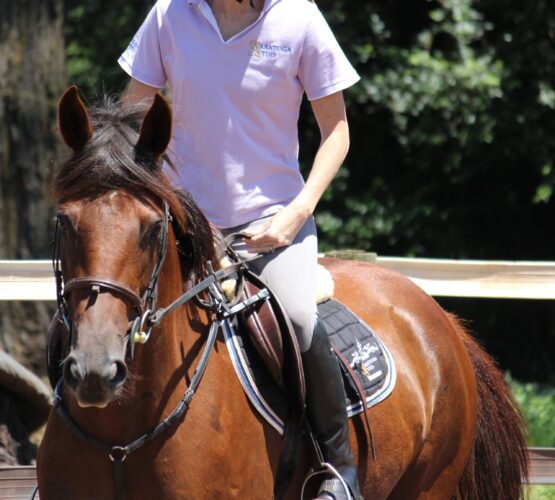
Conclusion
Mastering Inside Leg to Outside Rein is of utmost importance in horse riding as it forms the foundation for achieving balance, communication, and connection with your horse. This technique allows you to influence your horse’s balance and bend, resulting in improved straightness, engagement, and overall performance. By understanding and applying Inside Leg to Outside Rein effectively, you will unlock your horse’s full potential and enhance your partnership.
Practice and refine this fundamental technique
Like any skill, mastering Inside Leg to Outside Rein requires consistent practice and refinement. Approach this technique with dedication, patience, and a growth mindset. By incorporating exercises, seeking guidance from professionals, and focusing on attention to detail, you will steadily improve your execution of Inside Leg to Outside Rein. Each training session provides an opportunity to deepen the connection with your horse and advance your riding abilities.
The rewarding partnership and harmony that can be achieved through its mastery
Mastering Inside Leg to Outside Rein not only enhances your horse’s performance but also fosters a rewarding partnership and harmony between you and your horse. The correct application of aids and the resulting balance and bend in your horse’s movement create a seamless connection and communication. This synergy allows you to navigate complex movements, improve accuracy in riding figures, and develop a deep sense of trust and understanding with your horse.
Incorporating Inside Leg to Outside Rein into your riding practice is an ongoing journey. It requires dedication, perseverance, and a commitment to continuous learning and improvement. Remember to be patient with yourself and your horse, as progress will take time. Celebrate the small victories along the way and embrace the rewarding process of refining this fundamental technique.
Now, armed with a comprehensive guide and practical insights, it’s time to embark on your journey to mastering Inside Leg to Outside Rein. Practice with intention, seek guidance when needed, and enjoy the profound connection and harmonious partnership that can be achieved with your horse.
Happy riding!
Further reading
“Inside Leg To Outside Rein” – The Cheat Sheet— Inside Leg: The inside leg applies pressure (from below the knee down) to the horse’s side. The horse should step away from the pressure.
What Does Inside Leg to Outside Rein Mean?— The outside rein is what contains and organises the energy created by the horse’s inside leg. Using it correctly, you can make the horse’s frame …
How do I ride inside leg to outside rein?— The right (outside) leg reinforces to cue by sliding forward just slightly to push the shoulder to the left while the left (inside) leg slides …
